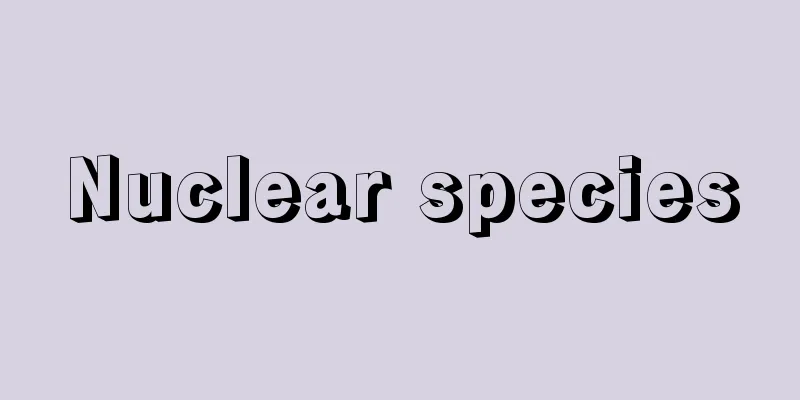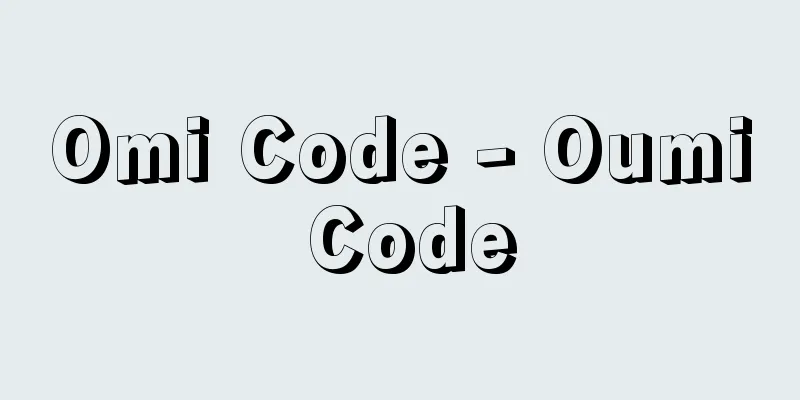Nuclear species

|
A type of atomic nucleus specified by the number of protons and neutrons. A nucleus is composed of protons and neutrons. Neutrons have no electric charge, but their mass is almost equal to that of protons, they have the same spin, and they have the same properties of interaction. The charge of a proton is the same as that of an electron, but the sign is the same. Atoms are neutral, and the nucleus of an atom with atomic number Z has Z protons. If the number of neutrons is N , then Z + N is the number of nucleons that make up the atomic nucleus, A , which is roughly proportional to the mass of the nucleus, and A is also called the mass number of the nucleus. Different types of nuclei are distinguished by two of the following three: atomic number Z , number of neutrons N , and mass number A. Nuclides are usually specified by their mass number and atomic number. To represent a nuclide, the element symbol is written in the center, the mass number in the upper left, and the atomic number in the lower left. For example, the most stable nuclide of oxygen, oxygen-16, is expressed as 16 8 O, and lead-208 is expressed as 208 82 Pb. Other nuclide types include carbon-14, which is expressed as 14 6 C, and uranium-238, which is expressed as 238 92 U. Commonly used classifications of nuclides include isotopes with the same Z but different A , isoneutron nuclei with the same N but different A , and isobaric nuclei with the same A but different Z. Currently, approximately 300 types of stable nuclides are known to exist. Nuclides can be artificially created, but when unstable nuclides that decay are included, more than 3,000 nuclides have been confirmed. The number of nuclides theoretically predicted to exist is approximately 7,000, and the number of unstable nuclides observed is increasing at a rate of approximately 40 each year. [Kiyomi Ikeda] [Reference] | | | | | | |Source: Shogakukan Encyclopedia Nipponica About Encyclopedia Nipponica Information | Legend |
|
陽子の数と中性子の数で特定される原子核の種類。原子核は陽子と中性子で構成されている。中性子は電荷をもたないが、質量は陽子とほとんど等しく、スピンも同じで、相互作用の性質も同じである。陽子の電荷は電子の電荷と符号が異なり大きさは同じである。原子は中性であり、原子番号Zの原子の原子核にはZ個の陽子が存在する。中性子の個数をNとするとZ+Nが原子核を構成する核子数Aであり、核の質量にほぼ比例するため、Aを核の質量数ともいう。種類の異なった核種は、原子番号Z、中性子数N、質量数Aの三つのうち二つで区別される。通常、核種は質量数と原子番号で特定される。核種を表すには、元素記号を真ん中に、質量数を左上に書き、原子番号を左下に添える。たとえば酸素のもっとも安定な核種である酸素16(Oxygen-16)は168O、鉛の場合は鉛208(Lead-208)で20882Pbと表される。ほかに炭素14(Carbon-14)は146C、ウラン238(Uranium-238)は23892Uとなる。核種の分類でよく使われるものには、Zが同じでAの異なる同位核(アイソトープ)、Nが同じでAが異なる同中性子核、Aが同じでZが異なる同重核がある。現在約300種類の安定な核種の存在がわかっている。人工的に核種をつくることはできるが、崩壊する不安定な核種を入れると3000を超える核種が確認されている。理論的に存在が予測されている核種数は約7000であり、年々約40の割合で観測にかかる不安定な核種が増加している。 [池田清美] [参照項目] | | | | | | |出典 小学館 日本大百科全書(ニッポニカ)日本大百科全書(ニッポニカ)について 情報 | 凡例 |
>>: Customer Review - Kakusha Hyōbanki
Recommend
George Ellery Hale
American astronomer. Promoted the construction of...
Charleston
A port city in South Carolina, USA. An important p...
Peck order - peck order
A linear relationship of dominance between animals...
Pseudo Reserve - Gijijunbikin
…Specific reserve funds can be withdrawn for spec...
Oni Mitsuba - Oni Mitsuba
…A perennial plant of the Umbelliferae family tha...
Gibbs, JD
…Westinghouse saw the future potential of AC tech...
Lissitzky, El
Born: November 10, 1890 in Smolensk [Died] Decembe...
Pagan Dynasty - Pagancho (English spelling)
The first Burmese dynasty was established by Anaw...
Vitry, P.de (English spelling) VitryPde
…(2) Black-note quantitative notation Because it ...
Puruṣa-sūkta (English spelling)
...Not satisfied with this chaotic world of polyt...
Standard light source
A light source specified for use when observing t...
Erosion control - Chisan
〘 noun 〙① To improve mountains by planting trees, ...
First-order benchmark - Ittosuijyunten
...Therefore, the elevation of a point is defined...
Kendo - Kendou
Today's kendo is based on swordsmanship, whic...
Collotype (English spelling)
A high-end photographic printing method, especiall...









